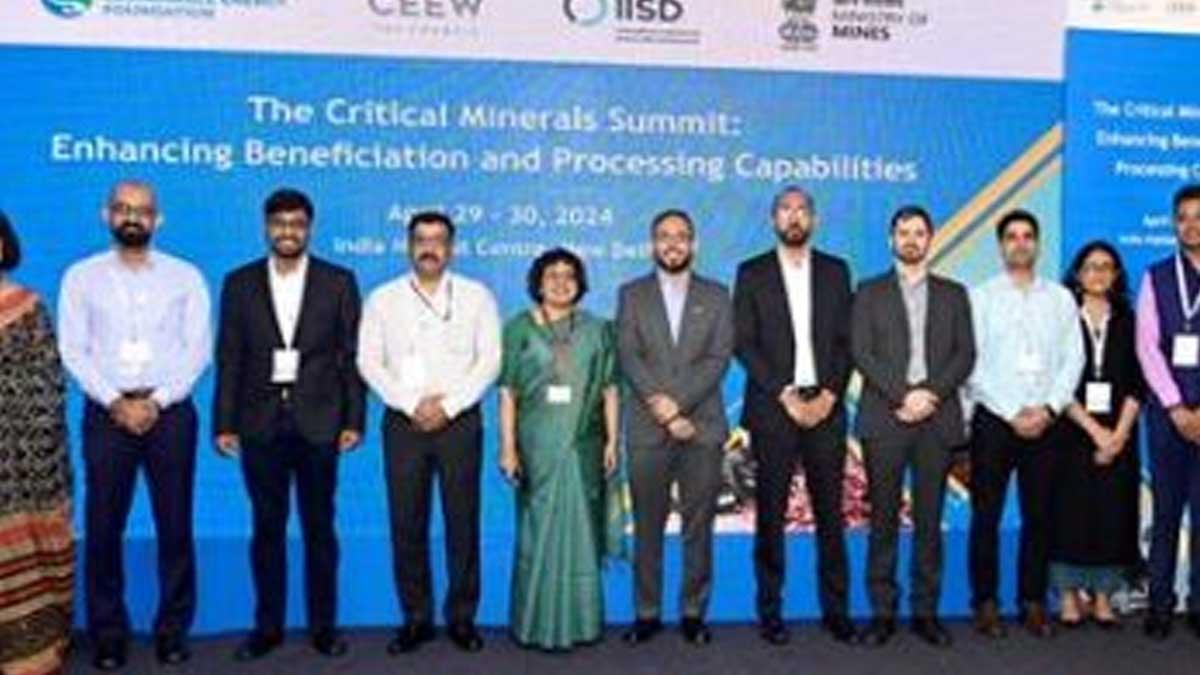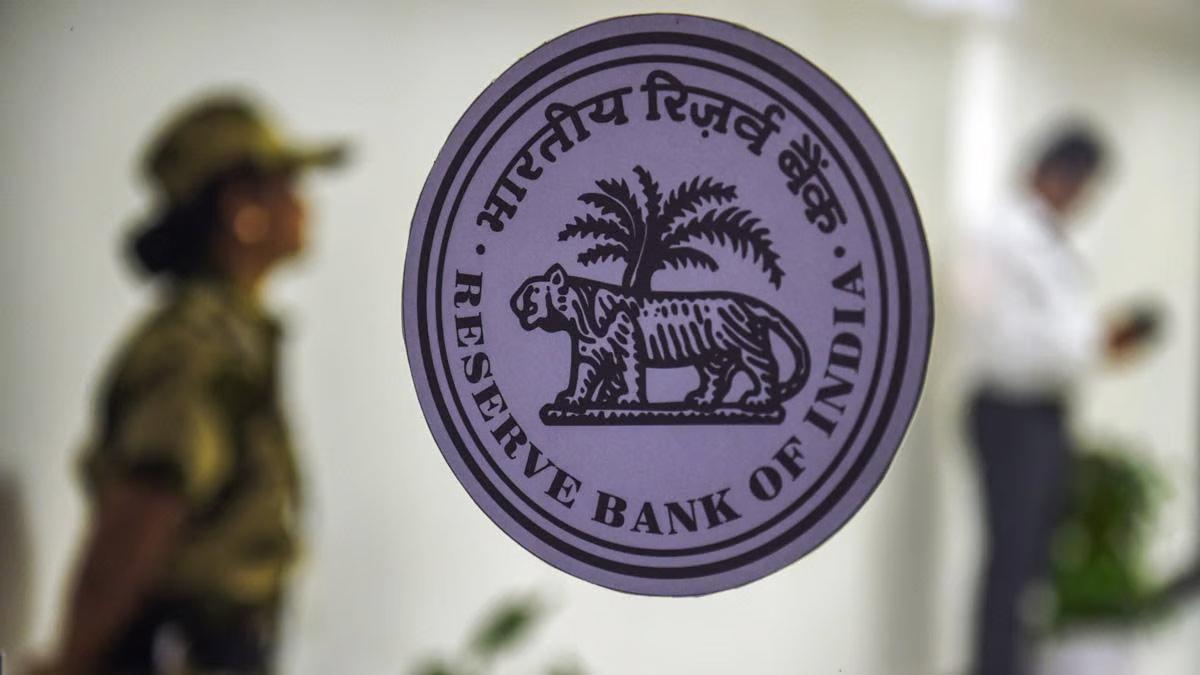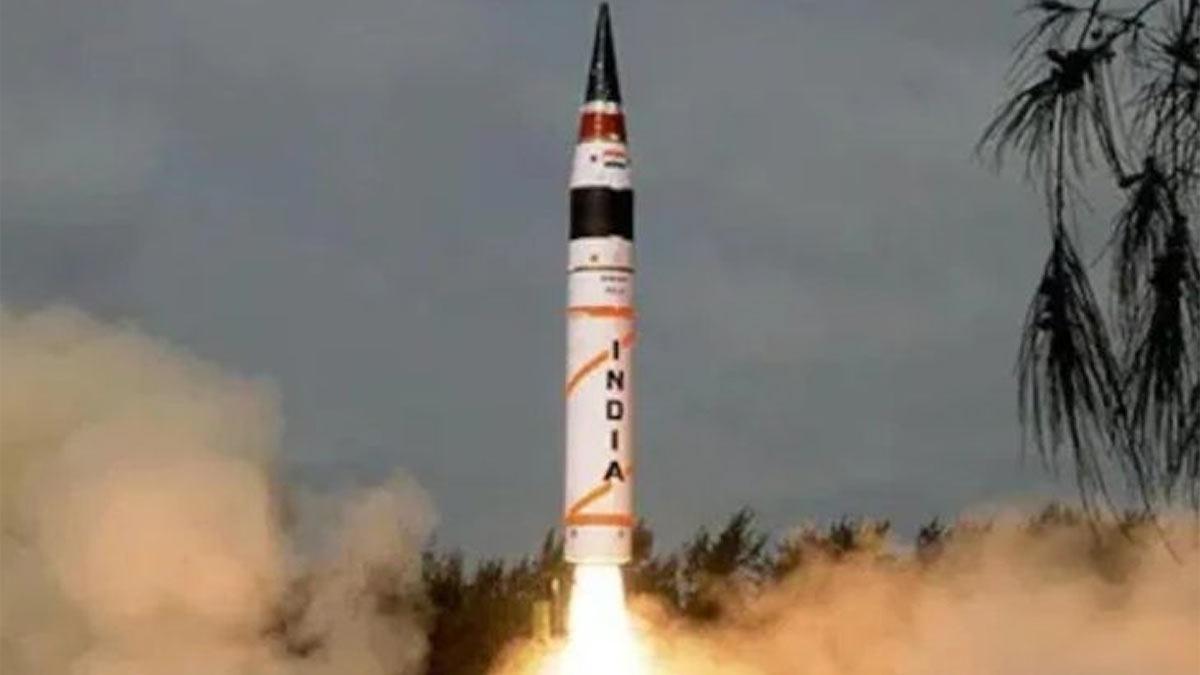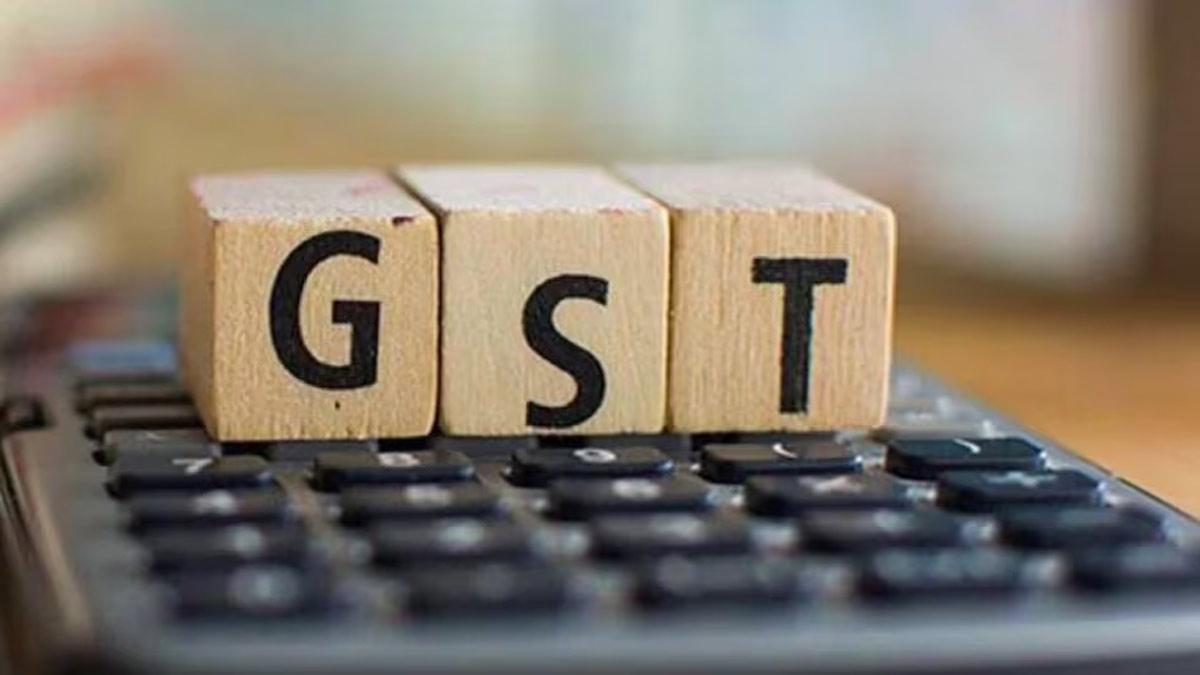In the past ten years under the Narendra Modi government, India has come a long way, moving from being one of the "fragile five" to one of the world's top five economies by GDP. This development is not only reflected in raw economic numbers but also in a comparative analysis with peer nations, as experts scour IMF data.
Intriguingly, India's GDP growth has impacted not only per capita income, an indicator of one's living standard, but has also gone ahead to add an increase to India's per capita GDP. For instance, the per capita GDP for India in 2004 was US$ 635, being 35 percent of the average US$ 1,790 per capita GDP of 150 emerging market and developing economies, including its peers, China, Russia, and Brazil.
However, by 2014, the ratio had fallen to 30 percent, as an indication of relative stagnation compared to those peers.
In more recent times, the trajectory has taken a positive turn. According to IMF data, by 2019, India's per capita GDP was US$ 2,850, amounting to 42 percent of the average US$ 6,770 among its peer countries. This in turn suggests that the gap has narrowed and India has clearly improved in terms of its economic performance relative to its peers.
Another interesting development is that of India's economic dynamics in comparison to China. In 2004, India's economy was equivalent to 37 percent of China's, but it had dropped to 19 percent by 2014 because of China's sharp growth curve. However, in recent years, things have changed dramatically. India's economy has seen faster growth compared to that of China, and its relative size has, therefore, risen to 22 percent vis-a-vis China.
That has made India the fastest-growing major economy in the world, superseding China.
India is also expected to become the third-largest economy in terms of nominal GDP, with the displacement of Germany and Japan, further giving credence to the quality of its macroeconomic fundamentals. An increase in per capita GDP also implies an improved standard of living for its citizens.
Read also | India's Gold Demand Up 8% in Jan-March Despite Price Hikes
Read also | Samsung's Q1 Earnings Surge as Semiconductor Division Returns to Profitability


















